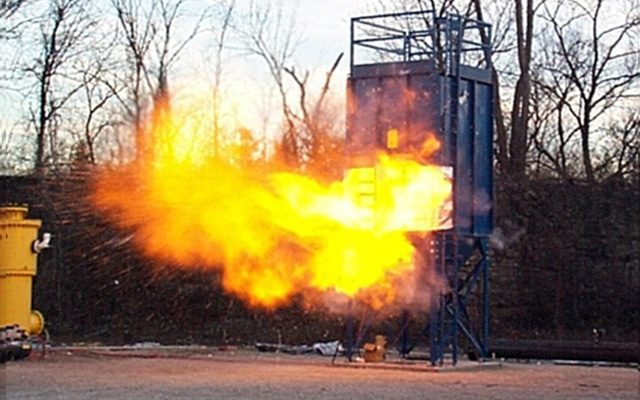Tips For Preventing Dust Explosions
People aren’t aware of how destructive dust can be, with combustible dust explosion having enough power to potentially destroy an entire facility. Most dust explosions start with a small blast that disperses accumulated dust into a cloud. The cloud then ignites and triggers a chain of more forceful secondary explosions. So even if an area isn’t at immediate risk for a dust explosion, it could be exposed to a chain reaction blast. Given that a dust explosion must have ignition, fuel, oxygen, dust dispersion, and the confinement of a dust cloud, implementing safety measures like a barrel dust collector can reduce some of the risks of an explosion.

Assessing Your Facility
In addition to focusing on safety measures that restrict interaction between the five elements responsible for dust explosion, OSHA also recommends that you assess your facility under the following guidelines.
1. Remember that all dusts are combustible. It doesn’t matter the original solid material may have been, when a material has been broken down into a finely divided state, it holds the potential for explosion and fire. Bronze and aluminum dusts are highly flammable.
2. Look everywhere for dust. Because dust is a lightweight particle that travels through the air, every inch of your plant needs to be assessed for dust build-up. The regulations at OSHA focus on build-up that is 1/32 of an inch thick, which is about the thickness of a paper clip. Anytime there is a thickness of over 5% on the horizontal surface areas, immediate cleaning should occur.
3. Make cleaning a part of the routine. Your plant should have a written plan in place for how frequently horizontal surfaces should be cleaned. The work cycle in a particular area may also contribute to more frequent cleanings, but there should also be great care taken to reduce dust dispersion when cleaning routines are taking place.
4. Check your equipment for approved use. Some of the equipment or wiring you use may not be approved for use in a hazardous location, which becomes a serious concern as a potential ignition source. OSHA has a list of approved wiring and electrical equipment, and this includes the use of Class II condition vacuum cleaners that won’t produce sparks.
You will need to make sure your employees are fully trained on the hazards of dust build-up and explosion. Have safety measures and training in place for each role or position in order to minimize the threat of ignition.
